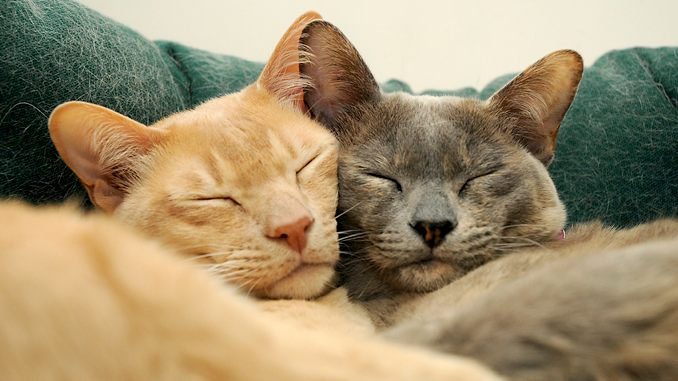
Animals have a long history of being used in covert operations. A small whale was recently discovered which had suspected Russian spy equipment attached to it. U.S. operations have attempted to use dolphins. In both cases, the animals’ intelligence and the innocuous nature of wild animals would provide a large amount of natural cover. Dogs, easily trained and famously loyal, have proven themselves on the battlefield and in spy missions. Carrier pigeons have been used to transport messages where human agents could not penetrate.
And then there are cats. Notoriously fickle, cats are difficult to train under any circumstance and have a history of becoming easily distracted when their trainer is not present. Cats, for that reason, are among the highest prizes for covert operatives. In the days before widespread miniaturization, when listening devices could not be easily hidden beneath a collar, they were even more desired.
To that end, the CIA in 1967 created Operation Acoustic Kitty. It was to bypass the issue of having a cat wear an easily detectable microphone by implanting the device inside the unhappy feline. A surgeon implanted a microphone into a test cat’s ear and a radio transmitter in the base of its skull. An antenna was then woven into the cat’s fur. The result? A cat which could sit beside a foreign official… or an evil mastermind such as Blofeld… and have any nearby conversation beamed to ready CIA operatives.
It was a bold plan. An innovative plan. A clever plan. What it was not, however, was a wise plan… as the History Channel explains:
“For its first official test, CIA staffers drove Acoustic Kitty to the park and tasked it with capturing the conversation of two men sitting on a bench,” Anthes writes. “Instead, the cat wandered into the street, where it was promptly squashed by a taxi”—not the outcome they were expecting.
History.com
There was no effort to rebuild it to make it better, stronger, faster than it was before… the CIA decided to close the program, having learned the lesson known to hundreds of generations before them… cats are ridiculously difficult to train.
Question of the night: What’s your favorite radio station experience, whether listening or attending?
